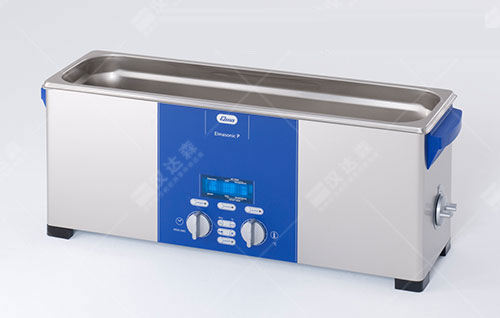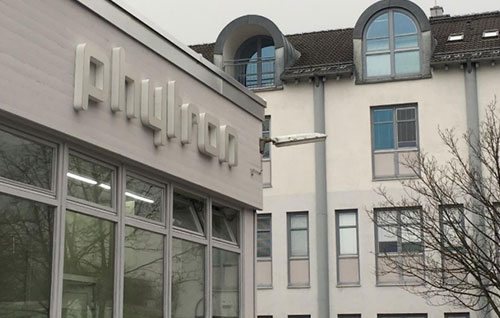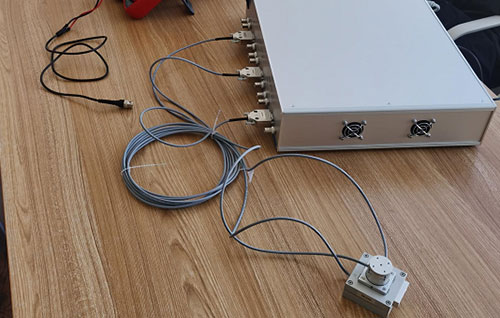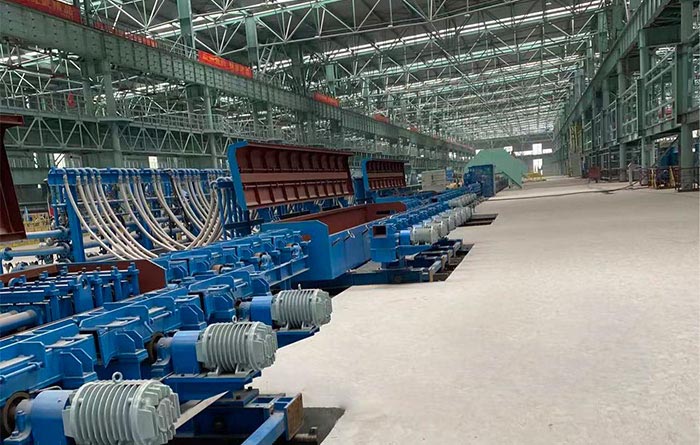I. Project Background & Overview
This case describes our provision of AQ brand bubble sensors to a pharmaceutical equipment company (hereinafter referred to as "the client") for online detection and control of bubbles within the tubing of their low-pressure chromatography system. Low-pressure chromatography systems perform critical separation and purification tasks in pharmaceutical production, placing extremely high demands on fluid stability, continuity, and detection accuracy. Bubbles in the tubing can lead to distorted separation profiles, decreased column efficiency, misaligned fraction collection, abnormal detector readings, and even cause pump and valve malfunctions. In severe cases, this can result in product loss, repeated experiments, and failed production batches, ultimately impacting drug quality and production costs. Therefore, reliable, sensitive, and long-term stable bubble detection with interlocked control is an indispensable part of low-pressure chromatography equipment.

The AQ bubble sensor consists of two main modules: the "Sensor Unit" and the "Controller Unit". Based on the actual operating conditions of the client's low-pressure chromatography system, this solution details sensor installation, controller wiring and commissioning, functional verification, operation and maintenance, as well as technical and usage advantages, for project implementation and acceptance reference.
II. Importance of Bubble Detection Function in Low-Pressure Chromatography Systems
Ensures Integrity and Reproducibility of Separation Bands: When bubbles enter the detector (UV, Refractive Index, or Conductivity detector) and the chromatography column, they can cause instantaneous signal distortion or noise pulses, leading to ghost peaks or erratic waveforms in the chromatogram. This results in erroneous fraction judgment or purity calculation deviations, affecting recovery rates and quality control.
Protects Equipment and Extends Service Life: Bubbles can cause pump cavitation, pulsation, or instantaneous low pressure, leading to collapsed column beds, valve malfunctions, or false detector alarms. Timely bubble removal or handling reduces equipment wear and failure rates.
Reduces Production Interruptions and Material Waste: Batch failure or mid-process shutdowns caused by bubbles lead to wastage of solvents and samples. Re-preparation and repeated separations increase production costs and time.
Based on the above reasons, bubble detection is not an "optional feature" but a necessary safeguard for the stable operation of low-pressure chromatography systems and pharmaceutical quality control.

III. Overview of the AQ Bubble Sensor Overall Solution
The AQ bubble sensor offers specialized models for the operating conditions of low-pressure chromatography in the pharmaceutical industry. The typical configuration is as follows:
Sensor: Installed on the tubing. Materials are typically 316L stainless steel or PP. The detection method is ultrasonic. The sensor is compact, allows flexible installation, and uses a clamp-on mounting style.
Controller (Signal Processing Unit): Provides centralized power supply and signal processing. Features include sensitivity adjustment, delay/filter settings, alarm relay output, analog output (4�20mA), etc., facilitating on-site debugging and remote integration.

IV. Main Advantages of the AQ Bubble Sensor
High Sensitivity & Low False Alarm Rate: The AQ sensor utilizes optimized signal processing algorithms and filtering strategies, enabling it to distinguish bubbles under complex operating conditions and reduce false alarms.
Easy Installation & Strong Compatibility: The clamp-on installation method adapts to various tube diameters and pharmaceutical-grade fittings (e.g., Tri-Clamp). Allows on-site installation without complex modifications.
Durable & Cleanable Design: Sensor materials (316L/PP) facilitate cleaning and compliant maintenance in pharmaceutical workshops.
Multiple Outputs & Compact Integration: Simultaneously supports relay and 4�20mA analog outputs. The sensor's small size makes layout easy.




